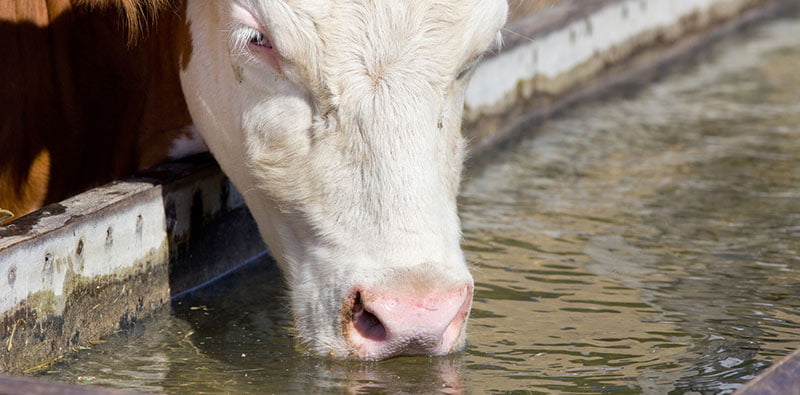Raising livestock in modern Ireland is no small feat. Nowadays farmers are taking care of more and more animals and are striving to do the best for their livestock in the most efficient way possible. A water trough is an essential piece of farming equipment and the type of trough a farmer chooses can have a huge impact on their bottom line and on the welfare of their animals.
With so many choices on the market today, you’ll want to make the most solid investment you can when choosing a trough. There are a lot of factors to take into consideration before making a decision and we’re about to outline some of them below:
Tips for Choosing Troughs
Material
You’ll want to invest in a trough that’s durable and fit for the intended purpose. Getting your choice of material right will be essential in determining just how durable your trough will be. If you’re unsure whether plastic, steel or concrete is a wise choice, talk to a professional that will listen to your requirements and talk you through your options.
Concrete is one of the most popular materials as it’s very durable and it’s an all-weather sensible choice, so be sure to give it some thought.
Safety
Safety might not be the first thing that comes to mind but not all water and feeding troughs are created equal in terms of protection. Plastic troughs, for example, have a tendency to break due to unexpected freezing temperatures and livestock interference.
The result of both situations are sharp edges that can easily cause serious harm to your livestock. By choosing a concrete water feeder or trough you are making a solid safety investment. Concrete tanks don’t have rough and uneven edges so animals don’t run the added risk of getting scraped or injured.
Supply Systems & Regulations
Have you thought about how you’ll get food and/or water into your cattle/pig trough? Will you be able to do it in all seasons and weather conditions? Also, think about what type of regulations your farm needs to adhere to? Is it possible your investment might be eligible for a grant?
Professional trough installers can explain more about creating air gaps to comply with regulations for backflow. Many tanks are also approved for farm development grant schemes, so this is definitely something that’s worth looking into.
Size
Choosing the right size of trough for your farm can be somewhat tricky. When thinking about the dimensions of the trough you should get, it’s wise to think of the number of animals you hope and plan to have. As you will be putting your time and energy into investing into such an important element of the animal’s welfare, you want to account for your future projections. For feeding troughs, try to look for a trough design where you’ll be able to add on more length if needs be.
The minimum size for a cattle trough is usually around 140 gallons, although it is not uncommon for cattle farmers to need 500-gallon water troughs to ensure their animals always have access to clean water.
Searching for the best products on the market to care for your livestock is no easy task. By going with a concrete water or feeding trough, you can feel more confident about getting a return on your investment for many years to come. And, most importantly, your animals will be well fed, watered and happy.

